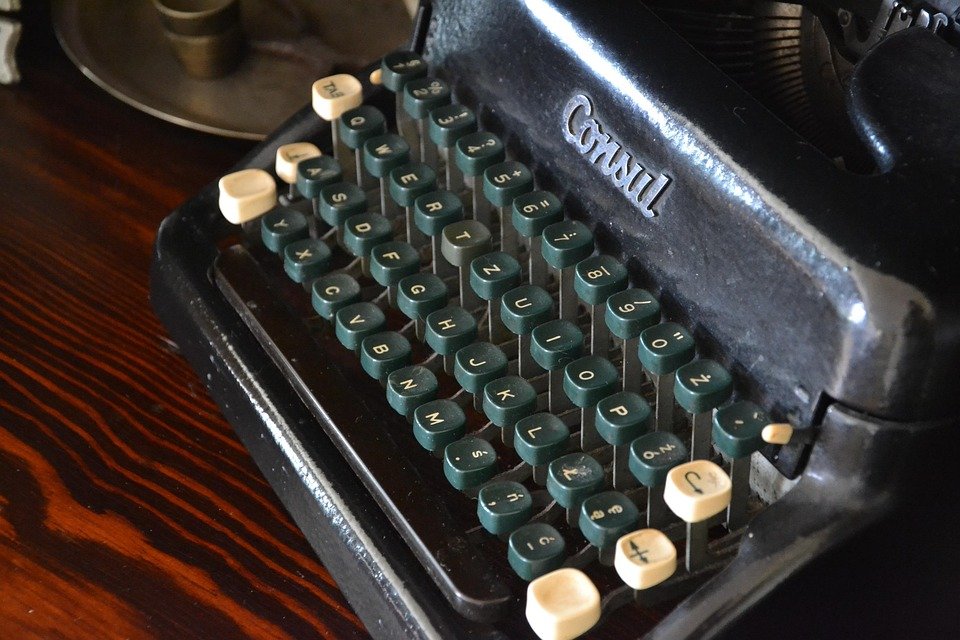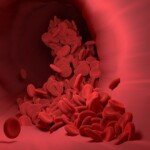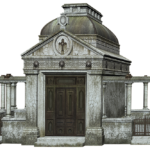Unlocking Manufacturing Potential: Your CNC Vertical Mill Guide
CNC (Computer Numerical Control) Vertical Milling is the cornerstone of modern manufacturing. Unlike manual machining, these automation miracles use computer controls and rotary cutting tools to remove material from the workpiece, creating complex parts with extraordinary precision. this "Vertical" Name from spindle direction – the cutting tool is positioned vertically, providing excellent stability and gravity-assisted chip evacuation. At Greatlight, we improve this technology by integrating advanced five-axis functionality into our vertical machining centers, providing unparalleled flexibility and accuracy for demanding projects.
Why choose CNC vertical milling?
Vertical mills offer obvious advantages:
- Accuracy and repeatability: CNC control eliminates human errors and ensures micron-level accuracy of the same parts – critical to aerospace or medical implants.
- Speed and efficiency: Automated tool changes, high-speed spindles and optimized tool paths greatly reduce production time with manual methods.
- Material versatility: Ability to process metals (aluminum, steel, titanium, brass), plastics, composites and engineered wood.
- Complex geometric shapes: From simple slots to complex 3D contours and cavity, vertical mills have geometric degrees of freedom.
- Cost-effective: Reduced labor costs, minimal material waste (via near mesh processing), and reduced setup time improves ROI.
The industry of vertical milling transformation
- aerospace: Engine components, structural brackets and landing gear parts require strict tolerances and a lightweight design.
- car: Prototypes, transmission housing, suspension components and custom aftermarket parts.
- Medical: Surgical instruments, implants (knee/hip joints) and diagnostic equipment that require biocompatibility and ultra-fine details.
- vitality: Turbine blades, valve bodies and heat exchanger parts are resistant to extreme conditions.
- Consumer Electronics: Molds for plastic injections, radiators and fences and have precise mating surfaces.
Greghime: Five-axis mastery of vertical milling
Although three-axis vertical plants are common, Greatlight specializes in research Five-axis CNC vertical machining center. This is not just an upgrade; it is a paradigm shift:
- Five-axis processing is carried out simultaneously: Our machine moves the cutting tool or workpiece simultaneously along five axes (x, y, z + two rotation axes). This allows access to almost any surface angle in a single setting.
- No compromise complexity: The machine is complex with undercuts, deep cavity, engraved surfaces and 3-axis machine impossible composite angles.
- Shortened setup time and improved accuracy: Complex parts are done with fewer setups, minimizing processing errors and fixed costs while improving functional alignment.
- Top surface finish: Optimal tool positioning of continuous tool contacts can smoother finishes, reducing or eliminating secondary polishing.
- Advanced technology core: We utilize the latest multi-axis cam software for toolpath optimization, avoid collision and machining simulations, and pair with rigid high-precision machines for thermal stability.
Greglight’s end-to-end solution
In addition to processing, we also provide comprehensive manufacturing solutions:
- Material expertise: Handle huge arrays: aerospace grade aluminum (2024, 7075), stainless steel (303, 304, 316), titanium (2nd grade 2, 5), brass, copper, plastic (PEEK, DELRIN) and composites. Quickly customized materials available.
- Complete internal functions: From initial CAD/CAM programming and fixture design to precise machining, we deal with each stage.
- Integration post-processing: Burning, polishing, anodizing, electroplating, heat treatment, painting, laser marking and assembly – eliminate supply chain delays.
- Rapid prototyping and production: Agile processes quickly translate concepts into certified production parts, ideal for R&D and volume operation.
- Specialized engineering support: Solve problems to optimize manufacturability, cost and performance of part design (DFM).
Shop now for innovation accuracy:
Invest in CNC vertical milling, especially with five-axis capabilities, can unlock new dimensions of design freedom and manufacturing efficiency. Greverligh is your strategic partner, equipped with cutting-edge technology and deep metallurgical expertise to deliver mission-critical parts. Whether you need fast prototypes or complete production runs, we can ensure quality, speed and competitive prices.
[Customize Your Precision Parts Today – Click Here for a Quote!]
Conclusion: The future is accurate
CNC vertical mills, especially when using the five-axis functional enhancement provided by Greatlight, represent the pinnacle of subtraction manufacturing. They bridge the gap between ambitious design and tangible reality, allowing the industry to innovate faster and build better innovations. The combination of automation, multi-axis flexibility and integrated post-processing creates a seamless path from raw materials to finished products. By working with manufacturers like Greatlime, leveraging advanced EDM and high-speed milling technology and strict quality control (including automatic CMM inspection), businesses gain not only suppliers, but also catalysts for competitive advantages. Explore our vertical machining solutions and experience how precision engineering can improve your next project.
FAQ: CNC vertical milling by Greglight
Q1: What are the main differences between 3-axis and 5-axis vertical milling?
A: The 3-axis mill moves the cutting tool along X (left/right), Y (front/back) and Z (up/down). A 5-axis mill adds two axes of rotation (usually A and B), allowing the tool to approach the workpiece from almost any direction at the same time without manual repositioning. This allows for complex geometry to be implemented in one setup.
Q2: What materials can be used on a 5-axis vertical mill?
A: Our machines are widely: aluminum, steel, stainless steel, titanium, brass, copper, engineering plastics (PEEK, UHMW, ABS) and composite materials. We provide certification materials for aerospace and medical grades.
Question 3: How do you ensure the accuracy of the parts, especially to meet tolerance requirements?
Answer: Accuracy is the core of our dietary principles. We use a calibrated high-end 5-axis machine, a temperature-controlled environment for advanced CAM simulation and process detection for toolpath validation. Each key section is checked by an automatic CMM (coordinate measuring machine) to check according to your GD&T specifications.
Question 4: Can you deal with prototyping and mass production?
Answer: Absolute. Our flexible settings accommodate fast prototypes that are fast-processed. For production, our optimization process, pallet systems and strict quality control ensure efficient, consistent large output.
Q5: Which file format is required for reference and processing?
A: We prefer a fully defined 3D CAD model (steps, IGES, SLDPRT, X_T formats are ideal). 2D diagrams (PDF, DWG, DXF), with complete GD&T, materials and finished specifications complement the model.
Question 6: Do you provide designs with Manufacturing (DFM) help?
Answer: Yes! Our engineers took the initiative to review the design. We recommend optimizing processability, relaxing tolerance for feasibility, and effectively fixing – saving you time and cost without damaging features.
Question 7: How to protect parts during transportation?
A: The parts will be carefully cleaned and can be wrapped in anti-static bubbles, customized foam inserts or crates for heavy duty/fine items to prevent transit damage if needed. Global shipping options are available.
Leverage Greatlight’s expertise and technology – bring your precise machining ingredients to life today.


















